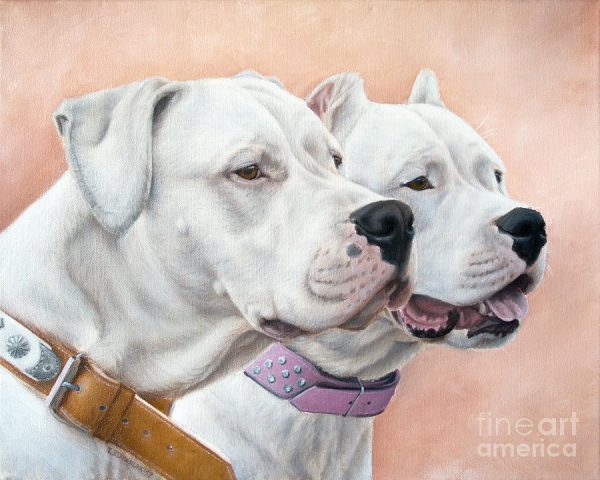
The following is quite an opening statement for a breed standard: “Molossian normal type, mesomorphic and macrothalic, within the desirable proportions without gigantic dimensions.”
Gigantic? Mosomorphic? Macrothalic? Is this the standard for a Brobdingnag? (we’ve been waiting to use this word for years).
Lets examine the terms. We all know that a “molossian” refers to a dog mastiff-type dog. “Mesomorphic” means to have a robust, muscular body build that includes lots of muscles, and often large bones (this narrows things down, especially if you know that ectomorphic dogs have little body fat and long limbs, and endomorphic dogs have a squat, fleshy build); “macro” is a root word meaning “long, abnormally large, on a large scale,” and when we reach the part of the standard addressing color and find that the only acceptable color is completely white (one black or dark colored patch around the eye allowed if it doesn’t cover more than 10 percent of the head) there is only one dog that meets the standard, and that’s the Dogo Argentino.
In this breed, form follows function because to do its job, the dog has to. This was a breed created to locate, pursue, and struggle with large, and really dangerous predators. The Dogo has to have a large, massive head attached to a thick neck supported by sturdy legs and a powerful body. The breed is said to have earned its name, the “White King of the Pampas” for being a proud dog fully aware of its power, and that makes for a very self confident dog. While the opening line of the breed standard is a bit intimidating, it comes down to describing a powerful dog in which there must be harmony in its proportions without reaching gigantism, or an “over done” dog.
